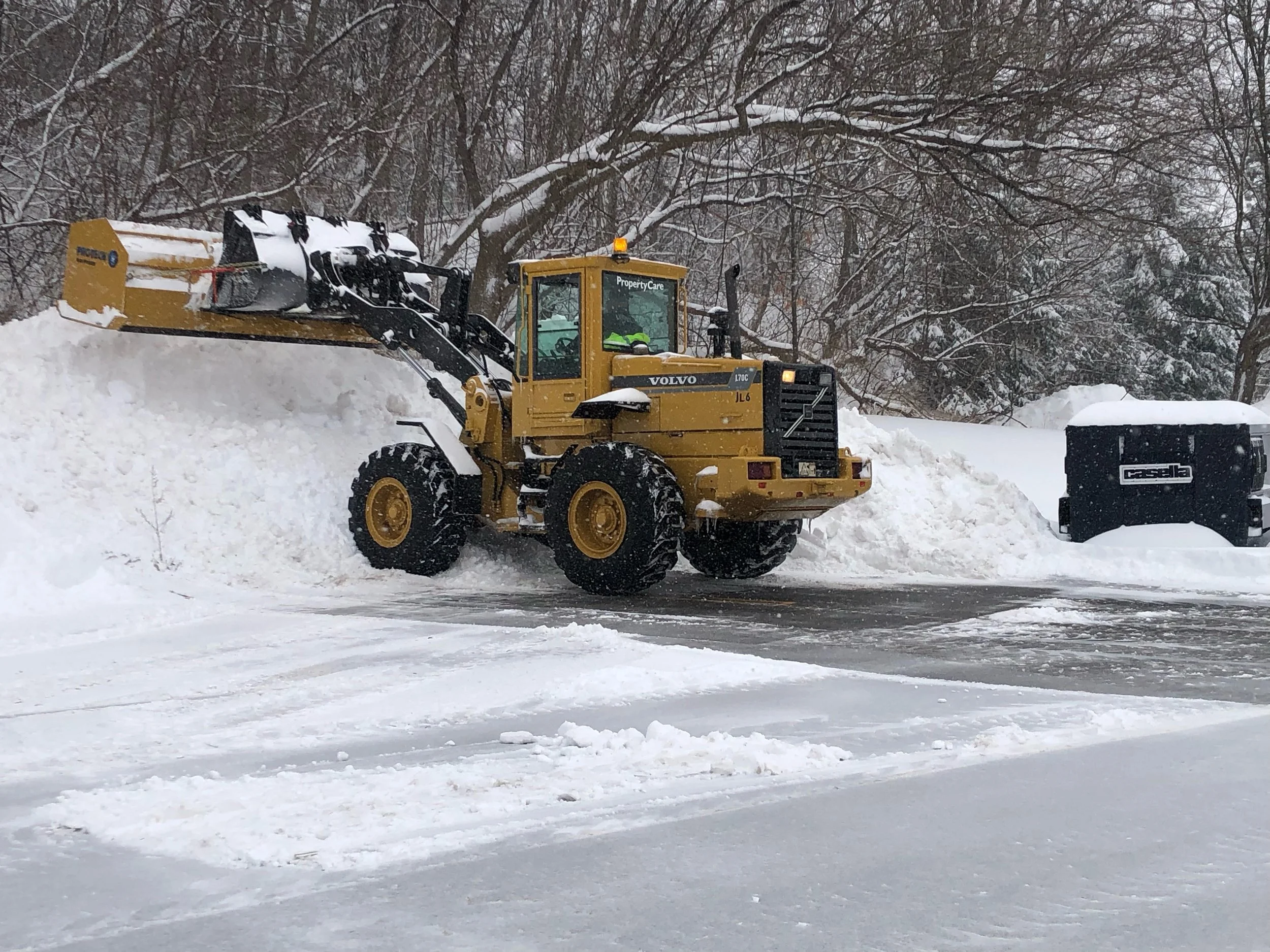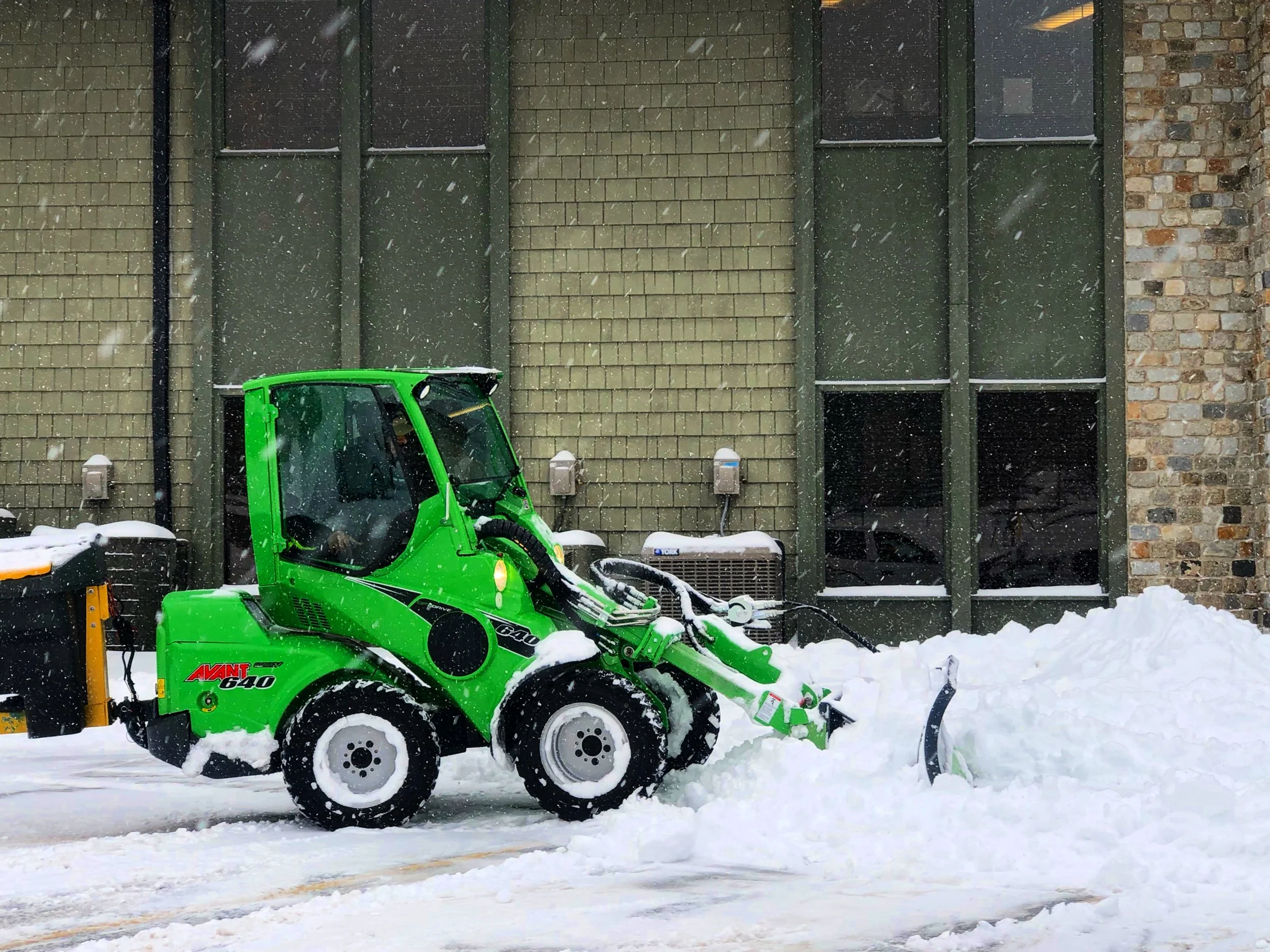7 Non-Negotiables Your Commercial Snow Partner Must Deliver This Winter
Winter contracts are getting signed, and the difference between clear, safe sites and chaotic snow days comes down to the partner you choose. A smarter snow partner blends proactive forecasting, a right-sized fleet, clear SLAs, and court-ready reporting—keeping doors open, tenants safe, and budgets predictable. Use the checklist below to pressure-test vendors fast: compare coverage, response times, ice management, liability protections, and pricing models before you ink the deal. Read on to stay ahead of the snow.
1. 24/7 Storm Monitoring & Proactive Dispatch
Rochester averages around 90 inches of snow per season, with lake-effect bands that can dump inches per hour. Your partner should track weather in real time and mobilize crews before flurries hit pavement—so entrances stay open and liability stays low. National Weather Service
2. Fleet Built for Big Sites
If a vendor can’t map their fleet to your facility type and response times, they’re not ready for your winter.
When storms hit, capacity wins. PropertyCare’s growing fleet of commercial-grade equipment is built for large footprints—from multi-building campuses and industrial sites to hotels, hospitals, and tarmac-scale operations like the Rochester Airport. We right-size machines, crews, and materials to your square footage and risk profile so traffic keeps moving and entrances stay open.
What this looks like on your site:
Sidewalks & entries: dedicated sidewalk units and brooms for fast, safe pedestrian access.
Lots & drives: loaders with large box pushers, route-optimized plow trucks, and on-site staging for back-to-back events.
Ice control: high-output brine trucks and calibrated spreaders for precise, liability-minded application.
Redundancy: backup machines, fuel planning, and GPS-dispatched crews to maintain throughput during lake-effect cycles.
3. Clear, Tiered Service-Level Agreements (SLAs)
Look for written response times (e.g., first pass at 2″, complete cleanup by 6 a.m.) and escalation plans for back-to-back events. A transparent SLA lets you budget confidently and eliminates 3 a.m. “Where’s my plow?” texts.
4. Real-Time GPS & Photo Reporting
Modern platforms like Rochester’s public PlowTrax map prove the value of live GPS. Expect the same from your contractor: time-stamped photos, push-alerts, and portal access that double as slip-and-fall defense. City of Rochester
5. SIMA-Certified Crews & Documented Safety Protocols
The Snow & Ice Management Association (SIMA) backs operators who pass rigorous training on salt application, equipment safety, and risk reduction. Choosing a SIMA-certified partner signals due diligence to insurers—and to your tenants. blog.mcs360.com
6. Liability-Focused Ice Management
The average slip-and-fall claim runs about $20,000, and workers’ comp cases top $51,000. Insist on pre-treatments, walkway salt spreaders, and site logs that stand up in court. Insureon
7. Transparent, Flexible Pricing Models
Per-push, per-inch, seasonal, or hybrid—your partner should explain which model best fits your risk tolerance and cash flow. Bonus points for caps and clauses that protect you in outlier winters (too much or too little snow).
Ready to Stay Ahead of the Storm?
Book a 15-minute consult with PropertyCare’s winter services team. We’ll walk your site, tailor an SLA, and lock in coverage before the next flake falls—so you can focus on business, not the weather.



